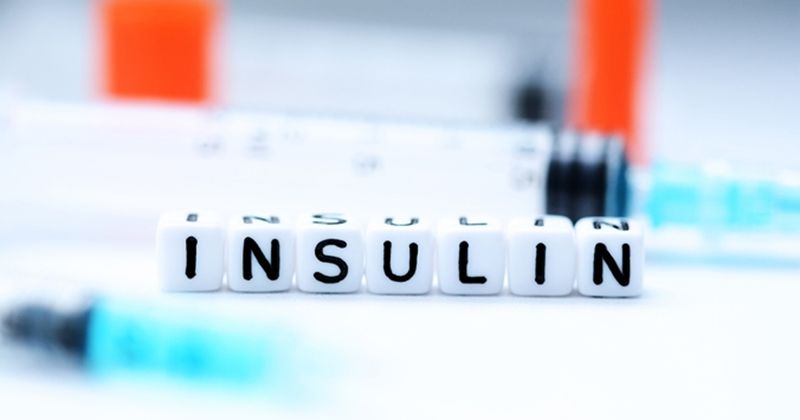‘Multi-dimensional network’ of altered insulin signals present in type 2 diabetes cells
Analysis of human induced-pluripotential stem cells reveals a complex, multi-dimensional network of signaling defects that could help researchers better understand insulin resistance, according to a speaker.
“We can now model human disease in a tissue culture dish by making what are known as induced-pluripotential stem cells,” C. Ronald Kahn, MD, Chief Academic Officer at the Joslin Diabetes Center and Mary K. Iacocca Professor of Medicine at Harvard Medical School, said during a presentation at the virtual Cardiometabolic Health Congress. “These can be made from any cells in the body. The beauty is these cells can be differentiated into muscle, fat, liver, beta cells, neurons, any kind of cell, to study a disease process. We have taken advantage of this technique to study patients and cells without diabetes and with diabetes.”

Kahn noted many intrinsic and extrinsic factors to the cell impact insulin resistance in patients with type 2 diabetes. Among the intrinsic factors are genes, with multiple studies connecting specific genes with type 2 diabetes and obesity. While Kahn acknowledged genetic factors can play a role in type 2 diabetes, he said it is minor compared with other factors such as BMI and epigenetics.
Extrinsic factors such as the gut microbiome can also affect type 2 diabetes development. Kahn said studies of obese mice showed those who had a higher ratio of firmicutes to bacteroidetes and a lower diversity of microbes were at a higher risk for diabetes.
“These bacteria create a risk for diabetes, both by studying the effects of antibiotics and also using the bacteria from these animals, transferred to germ-free animals, to see how much these bacteria create a diabetes risk,” Kahn said.
To look closer at cellular defects in type 2 diabetes, Kahn and colleagues took induced-pluripotential stem cells from eight individuals with type 2 diabetes and eight controls and made them into muscle cells. The cells were placed into a culture dish, where researchers studied differences in insulin signaling between the two cohorts.
Researchers found type 2 diabetes cells had less of an ability to stimulate the protein kinase B phosphorylation and glycogen synthase kinase 3 phosphorylation, two steps in insulin action. Additionally, type 2 diabetes cells had a decreased insulin stimulated 2-deoxyglucose uptake compared with control cells.
Researchers used global phosphoproteomics to examine thousands of proteins in a cell that are involved in the insulin signaling process. After comparing control cells with type 2 diabetes, researchers discovered many phosphorylation processes were increased in the diabetes cells, while others were decreased. Kahn said hundreds of cellular signaling steps were altered in the type 2 diabetes cells, even with the cell residing outside of the body.
With the findings from this latest research, Kahn said the next step is to explore how the altered signals work with intrinsic and extrinsic factors to increase the risk for type 2 diabetes.
“We realize that insulin resistance in human type 2 diabetes isn’t just a single defect, it’s a multi-dimensional defect throughout a big signaling network,” Kahn said. “Trying to figure that out is our next big challenge.”
Reference:
Batista TM, et al. Cell Metab. 2020;doi:10.1016/j.cmet.2020.08.007

